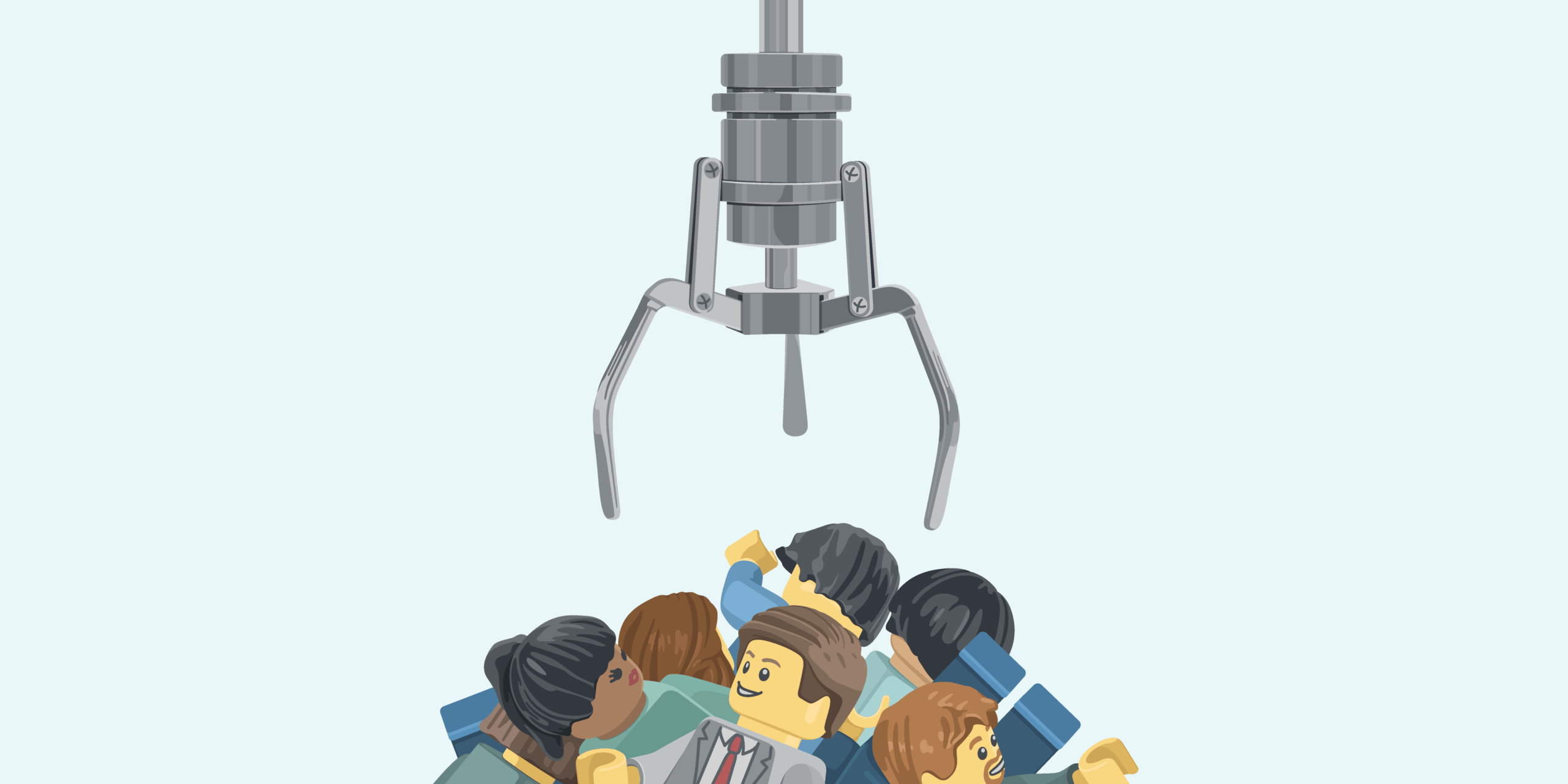Most companies that are hiring for a job now use artificial intelligence (AI) to create job descriptions, schedule interviews and sift through the hundreds – and sometimes thousands – of applicants. The AI impact on jobs in Canada is clear – and to get past that digital gatekeeper, candidates might need to clear up any gaps in their work history, ensure they use specific keywords in their resumes, highlight their specific skills in detail and hope that’s enough to get them an interview.
An extensive study by Harvard Business School professors Joseph Fuller and Manjari Raman and consulting firm Accenture in 2020 found that there’s a near-ubiquitous use of automated hiring platforms by companies that screen out or “hide” job seekers for a range of reasons from an unconventional background, the lack of a degree, a gap in employment or a deficiency in just one of an array of specific skills.
How AI is being used to screen candidates
AI resume and candidate screening programs are only as good as the data that’s been used to make them, says Hilke Schellmann, a journalism professor at New York University and the author of The Algorithm: How AI Decides Who Gets Hired, Monitored, Promoted, and Fired and Why We Need To Fight Back Now.
Some companies feed the resumes of current, successful staff into the AI program, and it comes up with statistically important skills and keywords that sometimes have nothing to do with the role itself, she says. In one example, a company found that the name Thomas would earn candidates more points in their AI screening program. Potentially, if more resumes fed into the system were from men, then the name Thomas would come up more often, she explained. The technology found that “people with the word Thomas on the resume are more successful here,” so it became “statistically relevant” even though that had no impact on an applicant’s qualifications or ability to do the job, she says.
The same happened with the word “baseball” getting more points than “softball,” Schellmann adds, pointing to the gender discrimination of some words.
“Unfortunately, these tools don’t have consciousness, and if we don’t supervise them, they easily start doing what they do best, which is statistical analysis, and start finding these biased keywords,” she explains. “You don’t know what’s happening inside the ‘black box.’ ”
How candidates can get past AI gatekeepers
There are several strategies candidates can employ to give themselves the best shot at getting past this digital gatekeeper, Schellmann says. The first is to create a clear resume with no fancy columns or designs, that uses short sentences, specific keywords, labels for each section – including a special skill section – and quantifies your experiences, she explains, such as saying “saved my company $5-million,” versus “ saved my company money.”
Your resume shouldn’t match the job description 100 per cent or it may set off red flags that it’s overly embellished, she adds.
There are AI tools candidates can use, she says, including Jobscan, which helps optimize your resume to the job description. “Unfortunately, it’s a little bit of a black hole for most job seekers (when they) upload their resume to a website.”
Companies use AI in the hiring process, while job candidates are also using generative AI like Chat GPT and other tools to spruce up their resumes, prep for interviews, or rapidly apply for a multitude of jobs, says Hiren Joshi, a branch director of technology talent solutions and the marketing creative practice group for the Greater Toronto Area at Robert Half.
AI vs. human evaluators
While AI can help companies and HR save time by streamlining the application and screening process, it can’t evaluate “the soft skills that are required to determine whether this individual is the right match or not,” he says. “AI primarily should be a tool – not a substitute for the human element when it comes to hiring.”
AI “can tell you that the resume is a great match, but unless you connect with the individual, it’s difficult to determine if they would be the right match or not,” he adds.
“You need to keep humanity in the loop,” adds Dr. Pamela Lirio, a professor of digital HR at Université de Montréal. “The best recruiting process happens when, definitely, there’s people involved in that.”
“There’s got to be human intervention coming in for everything from the interactions to the people decision making.”
Pitfalls of using AI – as companies and candidates
Lirio’s upcoming research project is examining new regulations on recruiting in HR using AI, how practitioners are using it, and what legislation exists. “Legislation, at least, from what we’ve seen in North America, is either non-existent or it’s very loose.”
Companies using AI in hiring should focus it on taking over the more mundane tasks so that HR staff can focus “their talents on more quality tasks that humans are really good at … interactions with other people, ideation and creation, decision making and complex thinking.”
It’s not a problem for candidates to use AI to improve their cover letters, resumes and prepare for interviews, Lirio says, but any output from an AI program needs to be thoroughly reviewed because HR staff will be able to tell if AI spit out your cover letter or whether you helped craft the document so it truly reflects your unique skills and personality.
If you let AI “over-embellish” your resume, it will show up later in interviews and that can be detrimental to your reputation and your career, adds Joshi. “Candidates might appear more qualified on paper than they really are, which can backfire during interviews.”
“ It’s not a replacement for your own individual thoughts and experience,” he says. “Authenticity will stand out more.”
With the use of AI, it also becomes more important for HR to ask questions about how a candidate handled a specific situation so the responses reveal more and aren’t just generic answers, Joshi says.
The new AI programs have just digitized a “flawed” system, Schellmann says, because what’s on your resume has never been a great indicator of whether you’re the best employee for a particular job.
The old-school approach of getting a job because you’ve been recommended by a current employee of the company, is also a way to get around the machines, notes Schellmann.





